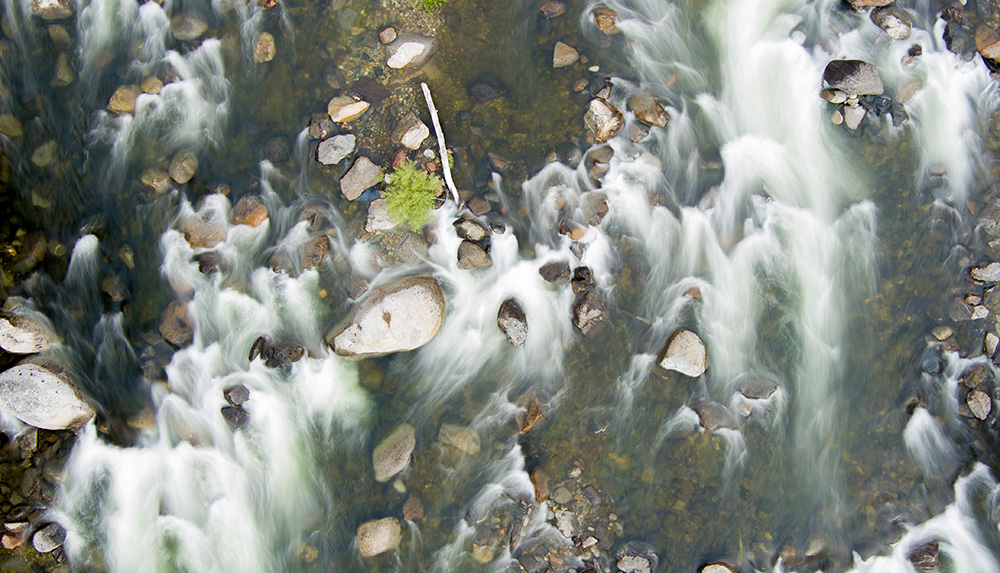River Features – A Rafting Glossary
Posted May 8, 2024 by Reily Schultz
“Oh yeah, it was a great day on the river! We almost dump-trucked in this huge hole but were able to ferry across to river-left and eddy-out before those big haystacks.”
Excuse me… what? Have you ever gone rafting and heard your guide speak like this, and have little to no idea what they mean? It’s not just you, we promise. Whitewater rafting guides must be fluent in the language of the water sport and rafting culture in order to be successful at what they do. Keep reading as we explain and define some of the most commonly used terms for river features that you may hear while rafting. (See our earlier post for river guide lingo for river rafting gear.)
Eddy
Water moving downstream hits an obstruction and goes around it, rather than over or under, forms an eddy in the space downstream. Eddies still have a current but are calmer than the surrounding water – making them good places to wait and regroup before the next rapid.
Haystacks (Wave Trains)
Large standing waves created when fast moving water runs into a slower moving current, or standing waves formed at the base of a rapid.
Hole (Hydraulic or Reversal)
This feature occurs when the normal direction of flow in a river is disrupted. Water flows over an obstruction or rock, falls off its backside, and then recirculates (reversing direction on itself) back upstream towards the rock at the surface. A reversal can be friendly and make for a great surfing spot, or very unfriendly and a place to avoid.

Pour-over
Water is juusssttt barely going over a rock, falling down on the other side and forming a hole. Often looks like a small, glassy waterfall.

Gradient
The gradient of a river is measured by the slope of the river over a given horizontal run (altitude loss over distance). A high gradient means the riverbed is steep and the water is moving faster. A lower gradient means that the riverbed is flatter and the water is moving more slowly.
Tributary
A tributary is a smaller river that feeds into a larger main river and joins its flow and current.
Rock Garden
A ‘Rock Garden’ is a section of river that is comparatively more shallow than the surrounding river, and is littered with rocks. Rafts must maneuver around the rocks to avoid getting stuck on the smaller rocks below the river’s surface.

More content from our Educational Rafting Terms Series:
River features illustrations by veteran guide and river manager Helen.
